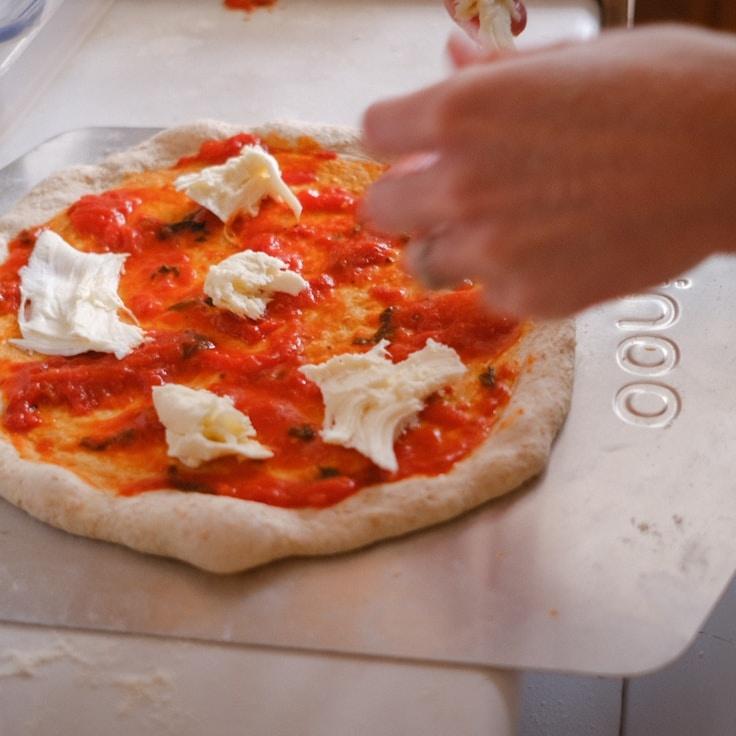Here at OpenStream, we're firm believers that a remarkable pizza is born from superior dough. With over thirty years of refining our method, we're thrilled to divulge a few of our tips, though the signature recipe remains our well-kept secret. These guidelines will steer you towards making a high-quality pizza crust in your own kitchen.
Choosing the Right Flour
The cornerstone of superb pizza dough lies in the use of premium flour. 00 flour is our top choice, characterized by its fine milling and moderate protein level, about 12%, delivering a delicate yet elastic crust. In the absence of 00 flour, bread flour stands in nicely, albeit with a marginally altered texture.
Considerations for Water: Temperature and Ratio
Water's thermal state is crucial for the timing of fermentation and the maturation of the dough. Cold water at 45°F (7°C) is ideal for a drawn-out fermentation, enhancing the taste. Warm water at 85°F (29°C) accelerates the process. Keep the water-to-flour hydration at a 60-70% ratio, especially for residential ovens.
Yeast Quantity and Fermentation Duration
A lesser quantity of yeast paired with extended fermentation is the key to palate-pleasing dough. With a scant 0.2% fresh yeast in proportion to flour, our dough ferments over a 24-48 hour period, yielding a more complex flavor profile and a dough that's more digestible.
Salt's Functional Role
Salt offers more functionality than just flavoring; it fortifies the gluten mesh and modulates fermentation. Fine sea salt at 2.5-3% of the flour weight is recommended. Introduce it once the flour and water have amalgamated to avoid direct yeast contact.
Fermentation - The Craft
Post-mixing, let the dough undergo primary fermentation at ambient temperature for two hours before portioning into individual balls. Encase these portions in lidded vessels and chill for 24-72 hours. During this refrigeration phase, biochemical processes transform starch into sugary compounds, imparting flavor and leading to a beautifully browned crust.
Gentle Dough Manipulation
Prior to crafting your pizza, take the dough out of the cold storage 1-2 hours in advance to bring it to room temperature. Handling it delicately is essential to maintain the internal air pockets. Employ your fingers to pat and widen the dough, as opposed to rolling it, which deflates these bubbles.
Heat - The Ultimate Enhancer
Though our ovens can soar to 850°F (454°C), domestic ovens typically top out at 550°F (288°C). To mimic this, a preheated pizza stone or steel for a minimum of one hour is your best bet, ensuring a blistering bottom capable of producing a crust that is both crisp and pillowy.
Perfecting pizza dough is an explorative path rather than a finite point, each batch enlightening you about the crafting nuances. We suggest you keep a record, tweak parameters, and pinpoint the ideal technique for your space.
For a firsthand experience of our dough creation, attend one of our monthly pizza making classes where Chef Antonio will exhibit these practices. Visit our events schedule for the next session!

